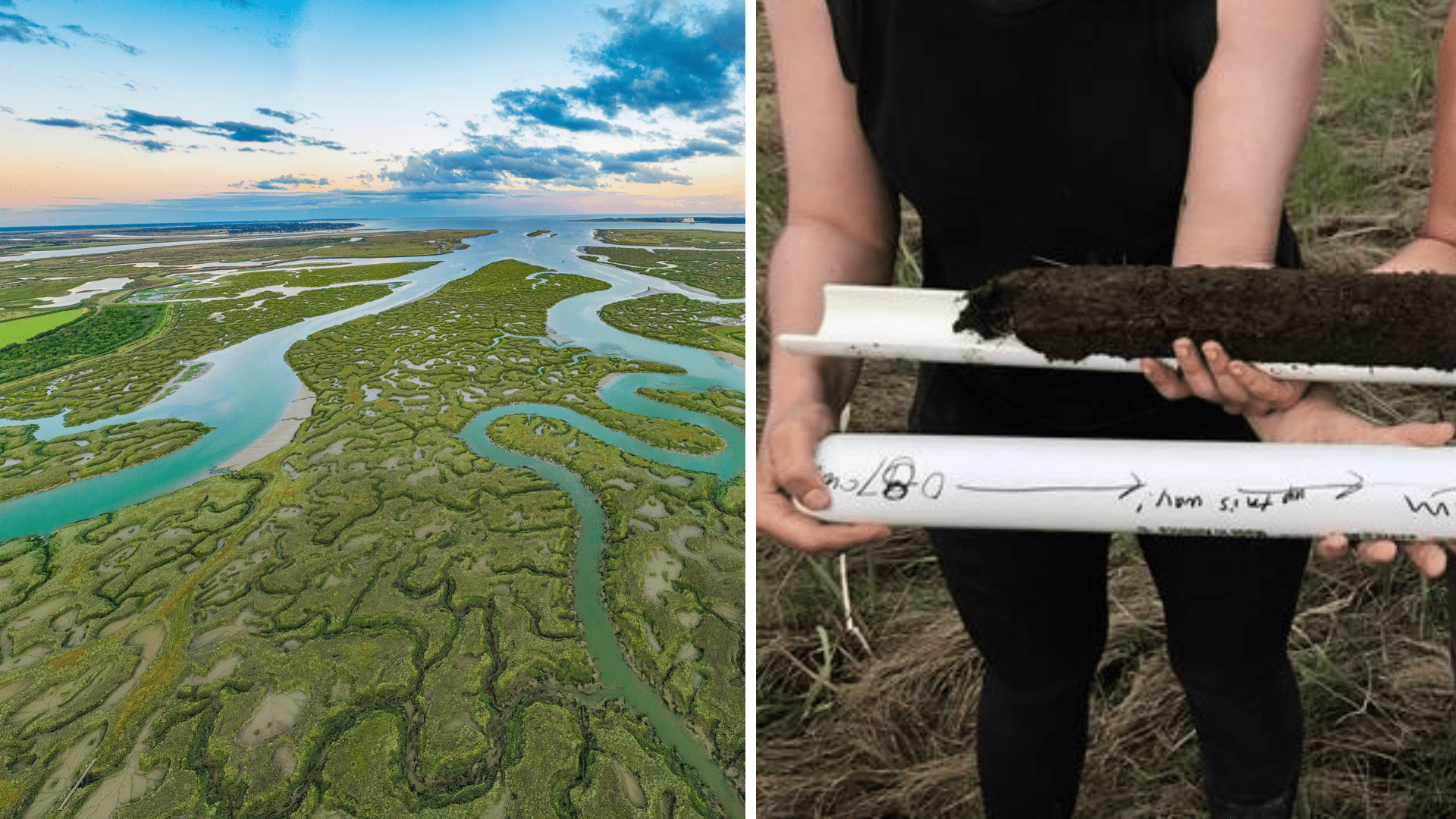
Tidal Marshes Are Capable of Enhancing Carbon Storage
According to Wenxiu Teng, the principal author of this research and a doctoral candidate at UMass Amherst’s Department of Earth, Geographic and Climate Sciences (EGCS), “What’s truly remarkable about tidal marshes in terms of climate impact is their ability to continuously boost their carbon storage capacity. They don’t reach a saturation point.”
Recent studies indicate that the ocean absorbs nearly one-third of the carbon dioxide produced by human activities. This has led to an increased global recognition of the significant role coastal ecosystems, such as salt marshes, play in capturing carbon.
Researchers explain that through the gradual processes of waves, tides, and storms, fresh layers of sediment rich in carbon are deposited in the dense grasses of salt marshes, continuously enhancing their carbon storage capabilities.
Research Team Gathers 410 Soil Samples
As glaciers melt, salt marshes are adapting by growing vertically, allowing them to keep pace with rising sea levels and enhance their capacity to sequester carbon.
Published in the Journal of Geophysical Research: Biogeosciences, the study utilized the Normalized Difference Water Index (NDWI) derived from satellite imagery to assess the spatial distribution of water depth and plant health across various salt marshes.
The research team collected 410 soil samples across 19 locations, extending from Long Island Sound to the Gulf of Maine, reflecting diverse environments within each salt marsh. By analyzing NDWI satellite data across different seasons and tidal conditions alongside their field samples, they pinpointed specific scenarios where satellite measurements accurately corresponded with field data.
“Salt marshes serve as much more effective carbon sinks compared to forests or other land-based ecosystems,” stated Brian Yellen, state geologist of Massachusetts and research assistant professor at UMass Amherst, who also co-authored the paper. “While there is immense interest in technological approaches to capture carbon from the atmosphere, we already have a highly effective natural solution in place. Our findings illuminate the extent of this natural carbon sink and offer a scalable method applicable to other regions globally.”









